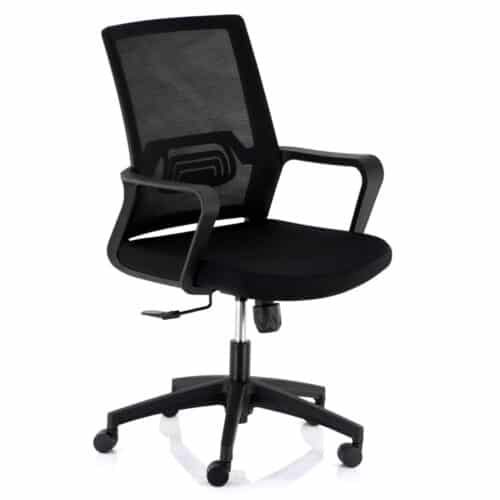Hardwood decking is a popular choice for outdoor spaces, offering beauty, durability, and a natural aesthetic that can enhance any environment. However, before embarking on a decking project, it’s crucial to consider several factors that will impact the performance and longevity of your investment. This article will outline key considerations for installing hardwood decking, including material selection, environmental factors, installation techniques, and maintenance requirements.
- Choosing the Right Hardwood
When selecting hardwood decking, it’s essential to choose a species that meets your specific needs. Various hardwoods, such as teak, mahogany, and ipe, each have unique properties that influence their appearance, durability, and cost.
- Durability: Look for hardwoods that are naturally resistant to decay and insect damage. For instance, ipe is known for its hardness and longevity, making it an excellent option for outdoor use.
- Aesthetics: Different hardwoods come in various colors and grain patterns. Choose a species that complements your home and landscaping to achieve a cohesive look.
- Cost: Hardwood decking can be more expensive than softwood options. It’s vital to balance your budget with the desired quality and appearance of your decking.
- Understanding Decking Treated Options
While many hardwoods are naturally durable, some decking treated products offer enhanced protection against the elements. Treated hardwood decking undergoes a process to improve its resistance to moisture, UV rays, and pests.
- Chemical Treatment: Some manufacturers apply chemical preservatives to hardwood decking, which can increase its lifespan and reduce the risk of rot. However, it’s essential to understand the chemicals used and their environmental impact.
- Maintenance Requirements: Treated decking may require different maintenance compared to untreated hardwoods. Familiarize yourself with the specific care instructions to ensure your decking remains in good condition.
- Environmental Considerations
Before installing hardwood decking, consider the environmental impact and the conditions of your location.
- Climate: Different hardwoods respond uniquely to weather conditions. For example, some species may expand or contract significantly with temperature fluctuations, leading to warping or cracking. Choose a hardwood that is suitable for your climate to minimize potential issues.
- Sustainability: Opt for sustainably sourced hardwoods certified by organizations like the Forest Stewardship Council (FSC). This ensures that the wood is harvested responsibly, helping to preserve forests and ecosystems.
- Installation Techniques
Proper installation is crucial for the performance and longevity of your hardwood decking. Consider the following techniques:
- Subframe and Joists: Ensure your subframe and joists are constructed from quality materials and are adequately spaced. A strong foundation is essential to support the weight of the decking and prevent sagging.
- Spacing: When installing hardwood decking, maintain appropriate spacing between boards to allow for natural expansion and contraction. This helps prevent water accumulation and promotes drainage.
- Fastening Options: Choose the right fastening method for your decking. Hidden fasteners provide a clean look but may require specific installation techniques. Traditional screws or nails are another option, but they should be corrosion-resistant to prevent rusting over time.
- Maintenance and Care
Once your hardwood decking is installed, regular maintenance is vital to ensure its longevity and appearance.
- Cleaning: Regularly clean your decking to remove dirt, debris, and mildew. Use a mild soap solution and a soft brush to avoid damaging the wood.
- Sealing and Finishing: Depending on the hardwood species, applying a sealant or finish can help protect the wood from UV damage and moisture infiltration. Choose products specifically designed for hardwood decking to achieve the best results.
- Inspecting for Damage: Regularly inspect your decking for signs of wear, including cracks, splintering, or insect damage. Early detection allows for prompt repairs, preventing more extensive issues down the line.
- Safety Considerations
When installing and maintaining hardwood decking, it’s crucial to keep safety in mind.
- Slippery Surfaces: Wet hardwood decking can be slippery. Consider using non-slip finishes or textures to reduce the risk of slips and falls, particularly in high-traffic areas.
- Handling Wood: Hardwood can be heavy and difficult to handle. Use proper lifting techniques or tools to prevent injury during installation.
Conclusion
Installing hardwood decking requires careful consideration of various factors, including material selection, installation techniques, and maintenance. By understanding these aspects, you can ensure that your decking project is successful and that your outdoor space remains beautiful and functional for years to come. If you’re looking for expert advice and high-quality products, Timber Cladding Specialists are here to help guide you through your hardwood decking journey.



